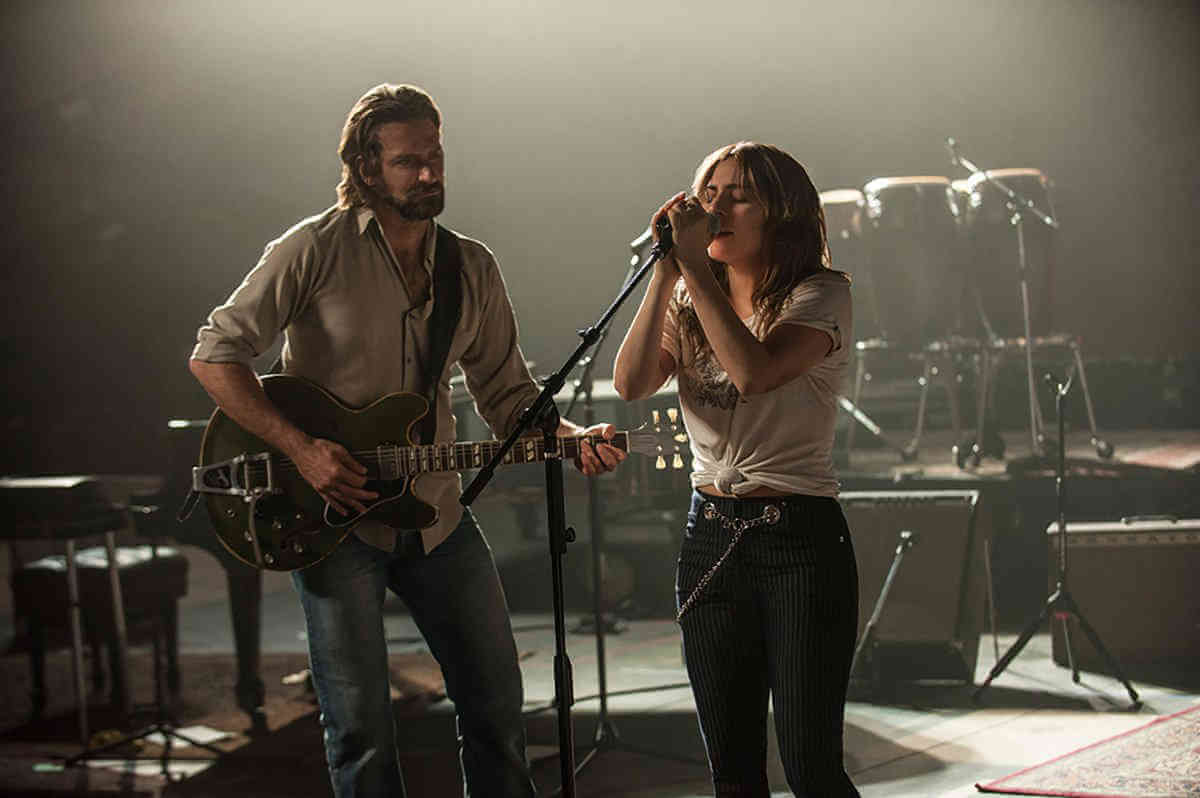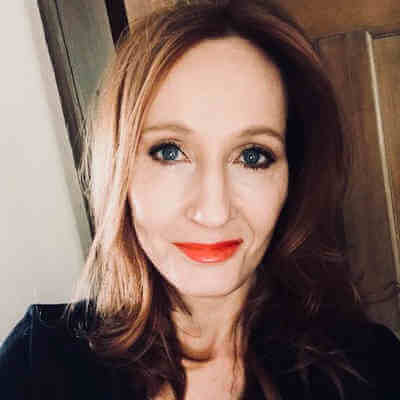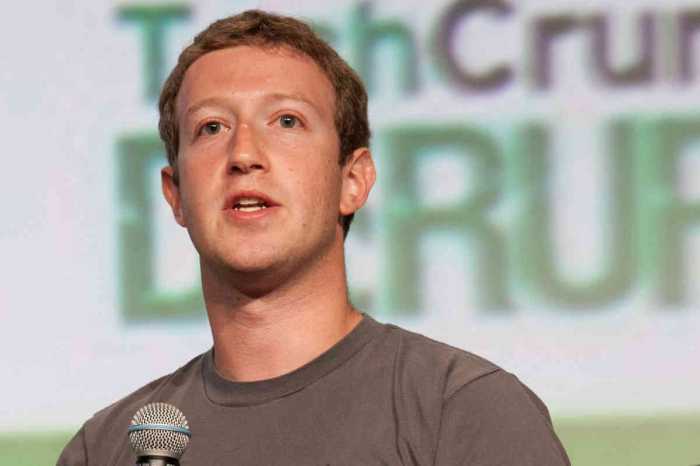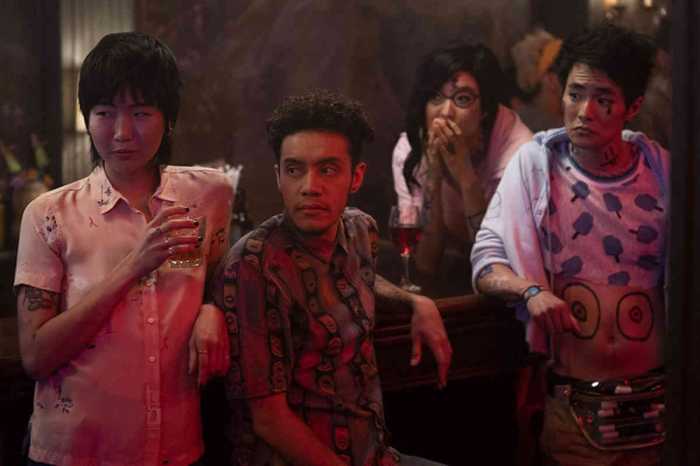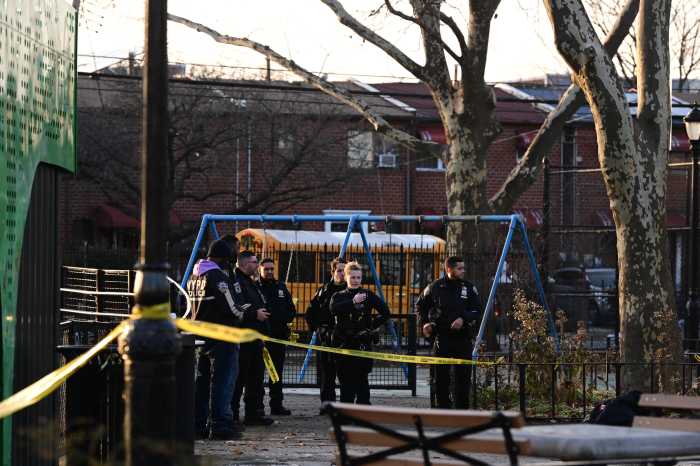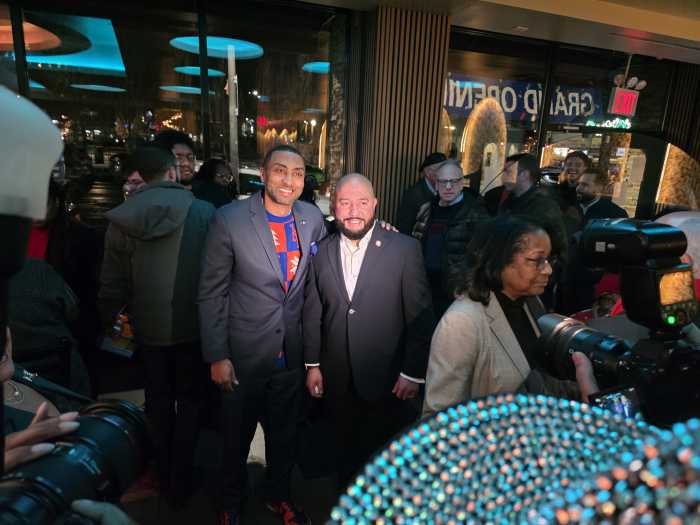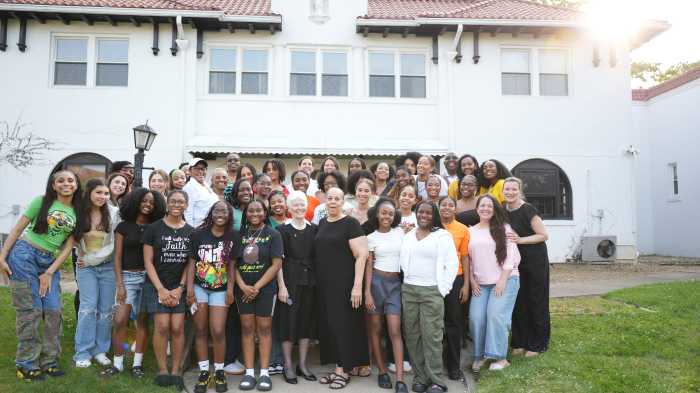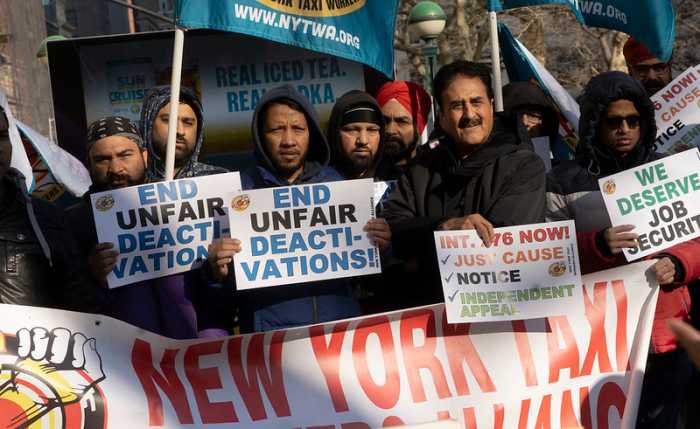On the surface, it initially might seem encouraging that there was a slight increase — 5.4 percent — in LGBTQ characters in movies produced by major film studios last year.
But dig a little deeper and it’s not all that pretty: LGBTQ characters played key roles in only half of those films, there were fewer queer people of color starring in those roles than in 2017, and there were no trans characters in any of those films, according to GLAAD’s 2019 Studio Responsibility Index report.
And while GLAAD counted 45 LGBTQ characters in films last year, they weren’t very visible. A majority of them were seen for less than three minutes and 16 were on screen for under a minute.
The lack of racial diversity among LGBTQ characters was just as glaring: There was a 15 percent decrease in LGBTQ characters of color in 2018 when compared to the previous year, with GLAAD noting that less than half of queer characters consisted of people of color. Latinx representation dipped significantly, dropping from 28.5 percent of characters last year to seven percent this year.
Animated films, which are popular among younger demographics and can serve as a vehicle through which children can learn about diversity, boasted no LGBTQ characters at all for the first time in five years.
The dismal numbers across the board came three years after the film industry became engulfed in the #OscarsSoWhite controversy stemming from the lack of racial diversity in award-winning films. Small gains in LGBTQ representation in subsequent years — such as Disney introducing a gay character in the 2017 edition of “Beauty and the Beast” and, of course, the best Oscar given to the African-American LGBTQ film “Moonlight” — were erased with the poor showing in 2018.
In fact, Disney produced no LGBTQ-inclusive films in all of 2018, according to GLAAD. Universal Pictures led the way among major studios with six LGBTQ-inclusive films, while Warner Bros. trailed right behind with five. And of the 19 films produced by Lionsgate, only one was LGBTQ-inclusive.
It’s unclear how this year’s films are on pace to compare to films unveiled in previous years, but GLAAD’s president and CEO, Sarah Kate Ellis, noted in a statement attached to the report that the precarious media landscape in an era of industry mergers presents as a “real concern” for the future.
“This consolidation may mean a more difficult path to distribution for films that are not major blockbuster or tentpole releases,” Ellis said. “Studios may be more hesitant to invest in new types of content, and decisions on what gets green-lit and who is involved are made by a smaller group of people.”
LGBTQ-inclusive films and TV shows nonetheless managed to find success at the Golden Globes and Oscars this year, with numerous films grabbing nominations — but not all of those films had LGBTQ characters.
“A Star is Born,” “Bohemian Rhapsody,” “The Favourite,” “Green Book” and “Vice” were all nominated for Best Picture at the Academy Awards — the most LGBTQ-related films ever to be nominated — and many went on to win awards in different categories. Meanwhile, the FX show “Pose,” which highlights New York’s ball scene in the late 1980s, landed two Golden Globe nominations and individual actors were also nominated for their respective roles in that show.

